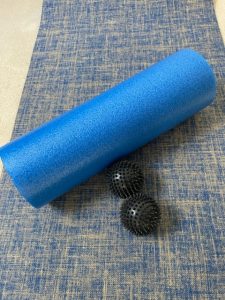Trigger points are recognised by most of us as sore spots or knots in our muscles. However not every sore spot is a trigger point. They can be long-term and cause deep discomfort and aching.
They are painful “lumps or nodules” found within tight bands of muscles and they are characterised by the following factors:
- The pain is intense and felt at a specific point.
- A “lump/nodule” can be felt within a tight band of muscle.
- Applying pressure to the area reproduces the pain and may sometimes cause referred pain elsewhere. These referred pains are specific in their distributions.
- It is not trigger point pain if it can be explained by findings from a neurological examination.
There is often no known mechanism of injury. Sometimes trigger points might cause unexpected symptoms due to their interaction with the autonomic nervous system. For example skin blanching, goosebumps, increased sweating, dizziness, earache, stiffness, difficulty breathing… Of course other possible causes to such symptoms may need to be ruled out first.
Trigger points reduce the efficiency of the muscle they lay within, so they are important to identify and address in order to reduce pain and restore normal function. Other benefits of addressing them are improving posture and increasing range of motion.
In clinic I can identify and interact with these trigger points through examination and hands-on treatment, laser therapy can also produce quick and profound changes. Exercises can be a useful approach to try and prevent the return of the problem.
At home it is possible to use various tools, most commonly foam rollers and spiky balls so you can address the problem yourself or support a course of treatment at home.

